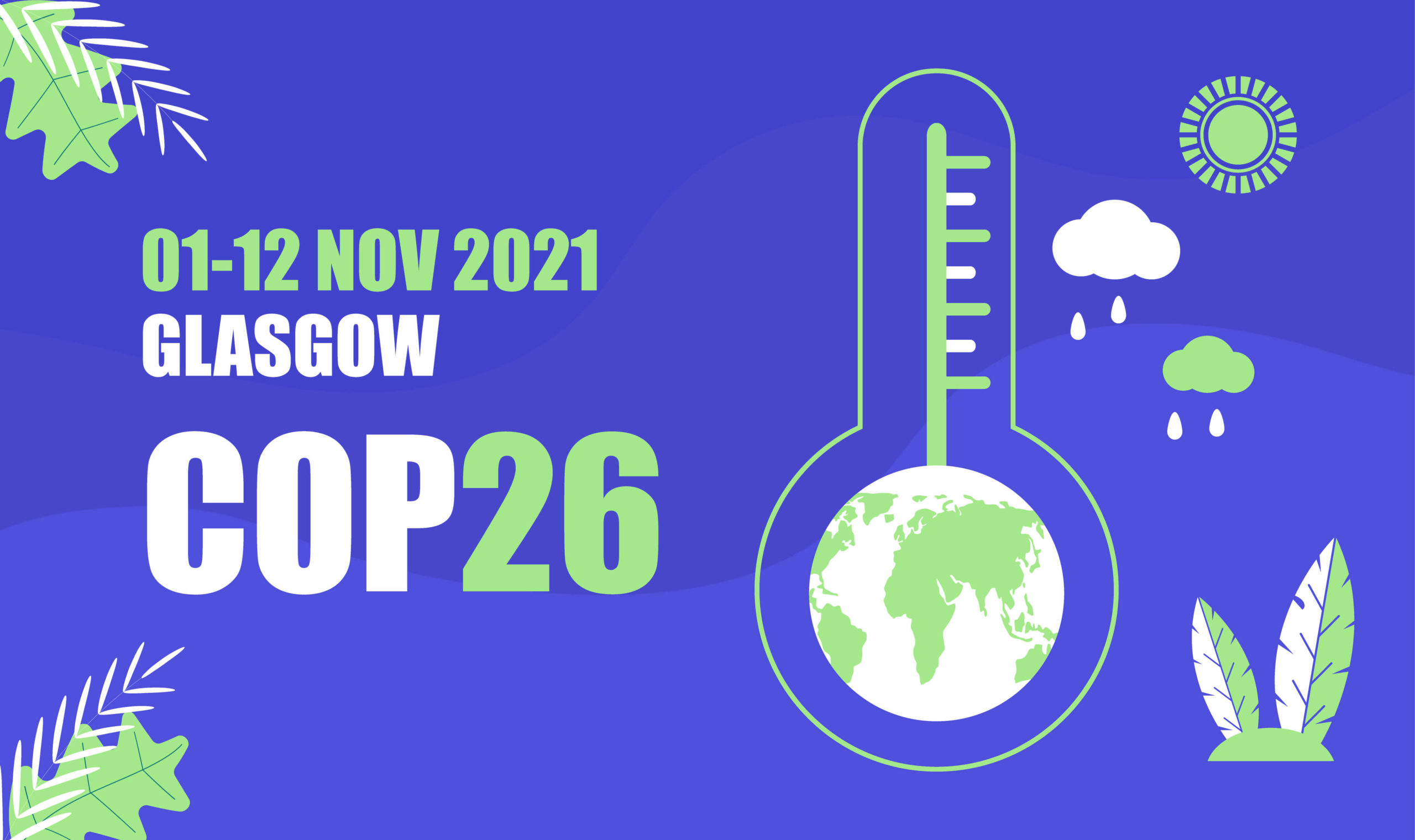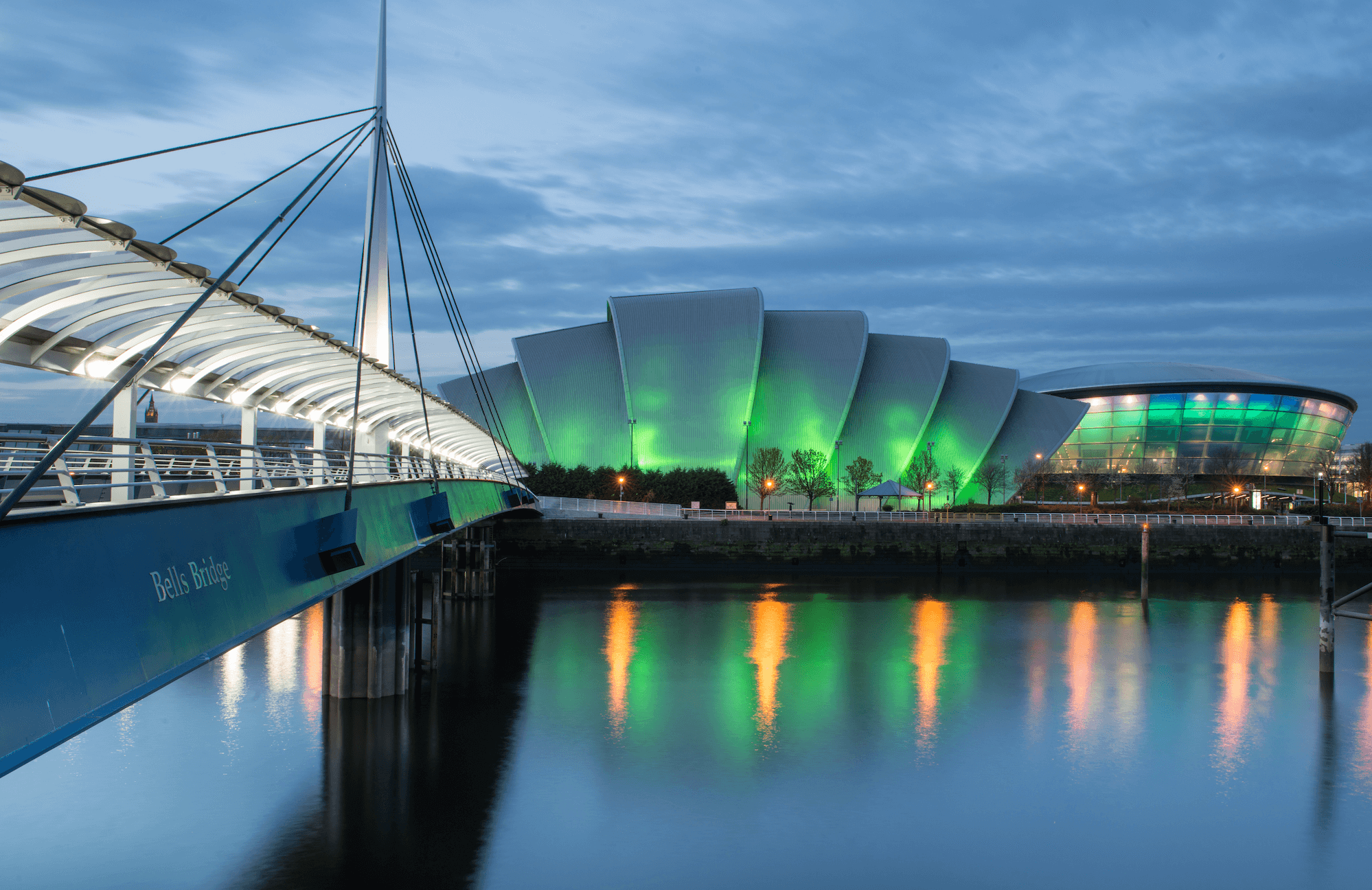In many ways, the Glasgow Climate Pact signed by nearly 200 countries on November 13 has highlighted the need for more robust measurements of the climate impact of human activity. That’s exactly what Kayrros is all about.
Here are four ways in which Kayrros technologies are particularly relevant to the Glasgow accord.

Methane abatement
One of the COP26’s signal achievements has been its call to reduce global methane emissions. This would not have been possible without the progress of the last few years in methane surveillance – not least Kayrros Methane Watch, the first global platform to track, measure and attribute methane emissions from the fossil fuel supply chain.
Back in May, COP26 President Alok Sharma said Glasgow must be the COP “that tackles methane.” That box has been checked. First came the Global Methane Pledge, whose 110 signatories vowed to cut methane emissions by 30% from 2020 levels by 2030. This was followed by the U.S.-China Joint Glasgow Declaration on Enhancing Climate Action in the 2020s, in which Beijing aims to “develop a comprehensive and ambitious National Action Plan on methane” and “achieve a significant effect on methane emissions control and reductions in the 2020s.” In addition, the methane provision of the Glasgow Methane Pact invites signatories to “consider further actions to reduce by 2030 non-carbon dioxide greenhouse gas emissions, including methane.”
Last but not least, the EU and UN formally launched the International Methane Emissions Observatory (IMEO), which the US also joined. Kayrros and the IMEO officially announced that Kayrros would contribute its methane emission data to the Observatory.
Although methane emissions are now widely recognized as a leading cause of global warming, methane abatement was little more than an afterthought at COP21 in Paris. Then again, back then the technology to track and measure methane emissions was still in its infancy.
After more than two years of “preaching in the desert” about methane, we at Kayrros are thrilled by the progress that has been accomplished – thrilled to see our message turned into formal pledges and take center stage – and thrilled to see Kayrros’ contribution formally recognized at the many events and panel discussions in which we participated. Glasgow does appear like an inflection point for methane action – and for Kayrros Methane Watch.
Forestry preservation and carbon offsets
Forestry is widely recognized as having a leading role to play in underpinning the world’s pursuit of the Paris goals through carbon offsets. Several steps were taken at Glasgow to support the use of forestry in the fight against climate change. On Day One, the 141 signatories of the Glasgow Leaders’ Declaration on Forests and Land Use pledged to “halt and reverse forest loss and land degradation” by 2030. And in the final hours, COP negotiators reached a last-minute deal on Article 6, which sets the framework for carbon markets but on whose terms the signatories of the Paris accord had been unable to agree. The final document sets guidelines for the reporting of carbon assets designed to avoid double-counting and other pitfalls.
Here too Kayrros technology is key. A major hurdle to the development of carbon offset markets had long been the difficulty of assessing forest assets and solving the thorny question of “additionality.” Kayrros Biomass Carbon Monitor, launched October 29 with the French National Research Institute for Agriculture, Food and Environment (INRAE) and Laboratory of Climate and Environmental Sciences (LSCE), changes that. Using data from the SMOS satellite of the European Space Agency, the open-access Biomass Carbon Monitor provides a detailed balance sheet of changes in carbon stocks held in forestry and other vegetation, making it possible for the first time to precisely quantify the role played by forests in reducing carbon levels in the atmosphere.
Kayrros research shows that in the last decade, despite extensive deforestation in parts of the world, forests have removed an average 760 million tons of carbon per year from the atmosphere, offsetting roughly 8% of global CO2 emissions from fossil fuel burning and cement production. A lot more could be achieved if forests were better protected and allowed to regrow. By providing comprehensive monitoring of the variations in the carbon content of vegetation, Kayrros technology lays the groundwork for efficient carbon offset markets, enabling the deployment of nature-based climate solutions at scale.
Transparency in carbon accounting
Beyond methane and forestry, Glasgow has put a spotlight on the broader need for transparent and reliable climate accounting. Transparency means accurate and timely data. That again is what Kayrros is all about.
Language on transparency was one of last outstanding issues at Glasgow. One of the key outcomes of the talks has been a last-minute deal on the Enhanced Transparency Framework, “providing for agreed tables and formats to account and report for targets and emissions,” the UN said.
Many Glasgow participants were acutely aware of the shortcomings of past climate accounting. Those who were not were made aware of it by a Washington Post exposé of the wide gap between national GHG inventories and atmospheric measurements, conveniently timed at the opening of the COP. The piece heavily relied on a study led by LSCE Director Philippe Ciais and Chinese researcher Zhu Deng of Tsinghua University in which several Kayrros scientists collaborated.
Atmospheric measurements based on satellite detection and artificial intelligence are key to achieving the goals of the Glasgow Climate Accord. The need for better data, greater accountability and transparency was widely acknowledged, as was the promise of earth observation technologies in satisfying that need.
Stakeholder engagement
Some of the best things that happened at Glasgow had less to do with the fine points of diplomacy than with the passion and commitment of the tens of thousands of participants, from teenage activists to tribal leaders in traditional dress to forthright academics to motivated businesspeople. Kayrros was at the heart of it all.
Nowhere in the debates was the fundamental science behind climate change ever in question. The only issues for discussion were what to do about it. Fossil fuel companies kept a low profile for the most part, but were by no means absent. We talked with several of them on the sidelines of blue zone events or at offsite gatherings and discussed how they could use new data tools to reduce their footprint, communicate their actions, and show how the industry can be “part of the solution.”
The climate action train has left the station. Everyone is jumping on board.
Many of the measures and commitments adopted at Glasgow would not have been possible without the recent progress in atmospheric measurements in which Kayrros has had such an important role. Not only are Kayrros technologies key to reaching the Glasgow-Paris goals, but their critical importance is increasingly acknowledged across all categories of stakeholders, from government to industry to financial players to consumers and civil society.
Glasgow was, in many ways, a Kayrros moment – a time of opportunity both for the planet as a whole and for our company. Sure, the final Accord may leave a lot to be desired. But more important is the search for practical solutions in which so many stakeholders are actively engaged. The world is clearly moving past the stage of aspirational climate statements.
We look forward to discussing with you how we can help you reach your own climate goals, and in so doing contribute in a verifiable way to the global campaign to flatten the curve of climate change.

